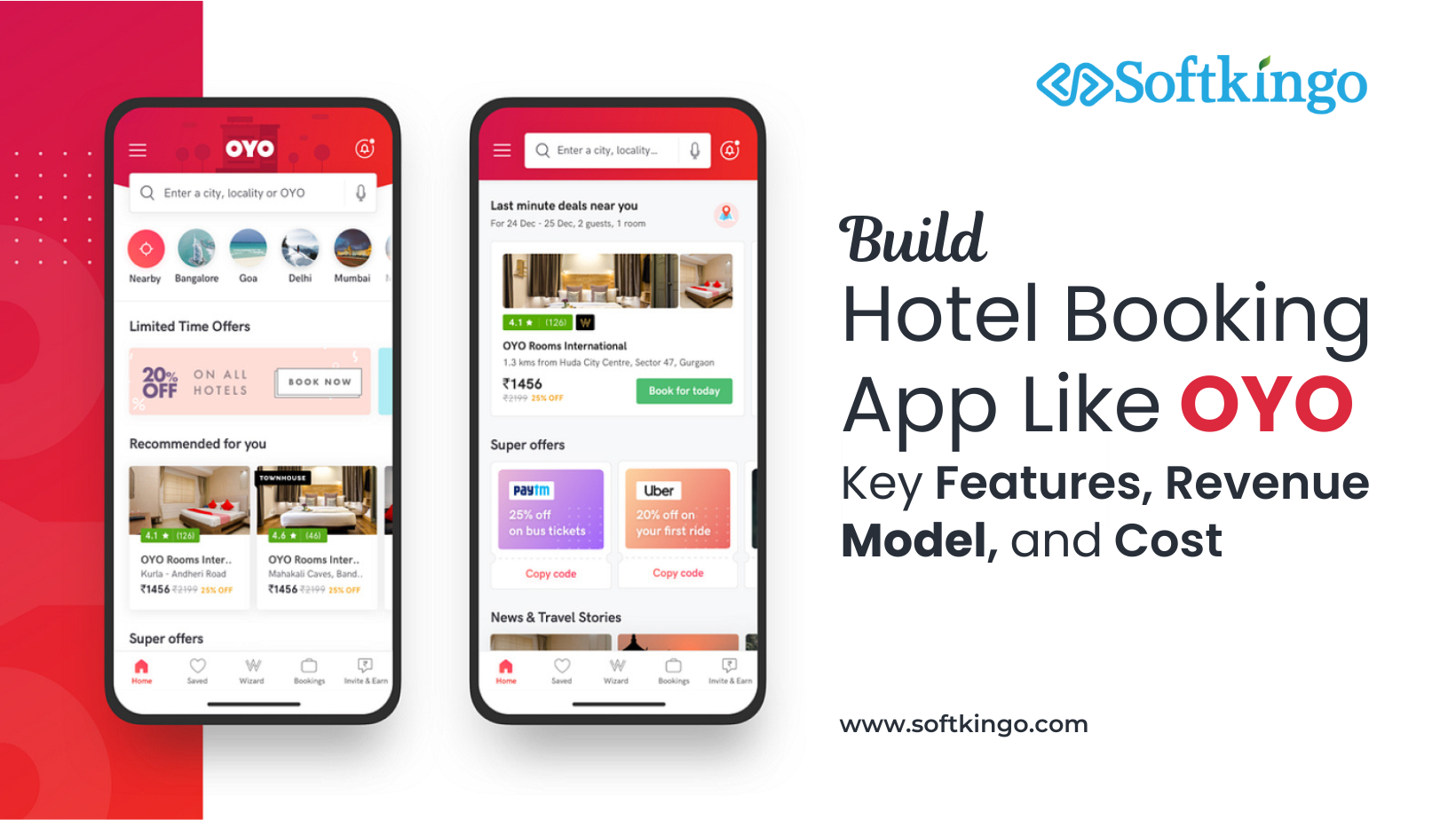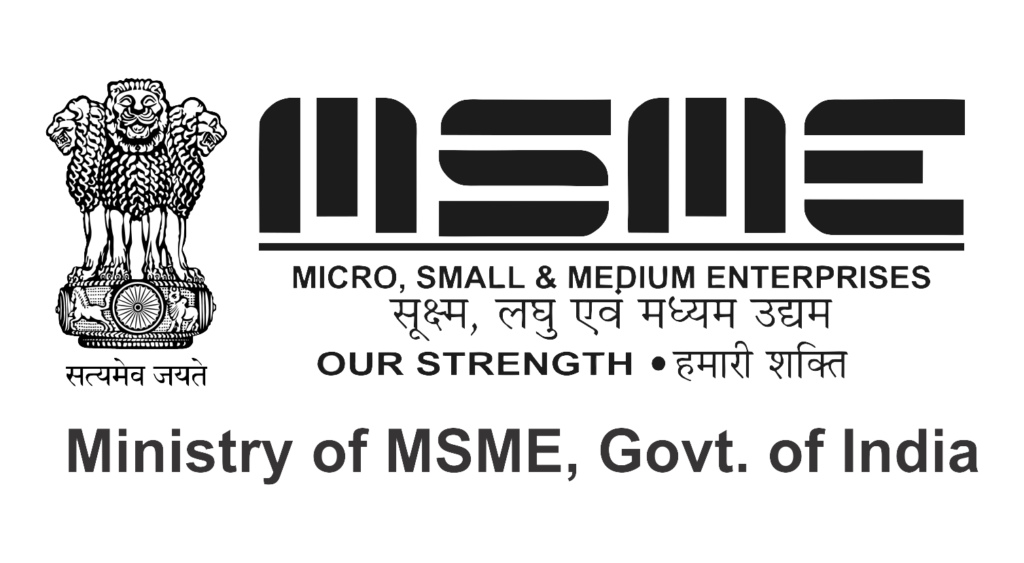Essential Steps for Developing a Software Project
Businesses today can reach their true potential by having a powerful digital presence. A key part of this is developing high-quality software. The process of software development is a structured journey that transforms a simple idea into a fully functional product. This journey, known as the software development lifecycle (SDLC), consists of a series of steps that ensure a systematic approach to building software.
But what are the essential steps involved in software development, and how do they contribute to a successful final product? Let’s break down the phases in this post to understand the software development process in detail.
Why Software Development Is Crucial for Businesses
In today’s competitive landscape, having cutting-edge software is more than just a luxury; it’s a necessity. Effective software can streamline business operations, provide better customer experiences, and unlock new opportunities. Here are some key industries where software development plays a critical role:
- Healthcare: Healthcare software helps businesses in this sector manage patient data, appointments, and medical records efficiently, offering improved patient care.
- Logistics: From AI-driven analytics to blockchain technology, logistics software is transforming supply chains, helping businesses manage operations more efficiently.
- Finance: Financial software enables companies to process transactions, manage funds, and comply with regulatory requirements seamlessly. The growing trend of mobile banking and UPI payments highlights the importance of robust software solutions.
- Real Estate: Software solutions for real estate firms, such as property management and customer relationship management systems, empower companies to streamline their services.
The importance of software development cannot be overstated. No matter your industry, the potential for custom-built software is endless.
Most Common Software Development Models
The software development lifecycle can follow several models. Choosing the right one depends on the project’s complexity, time constraints, and specific business needs. Here are some of the most popular SDLC models:
- Agile: An iterative approach that emphasizes collaboration and flexibility.
- Waterfall: A linear method where each phase must be completed before the next begins.
- V-Model: An extension of the Waterfall model that focuses on validation and verification.
- Spiral: A cyclical model involving repeated iterations of planning, risk analysis, development, and testing.
- Incremental: Divides the system into smaller parts, each delivered and developed in increments.
- RAD: Prioritizes rapid development through user feedback and iterative prototyping.
- RUP: A customizable iterative framework that divides development into four phases: inception, elaboration, construction, and transition.
These models serve as a blueprint for managing the various stages of software development. Often, teams combine different models to tailor the process to their project needs.
Six Key Steps in the Software Development Process
Here’s a breakdown of the critical steps involved in the software development lifecycle:
- Requirement Analysis & Gathering Every successful project starts with understanding what the client needs. In this phase, project managers and stakeholders gather all the requirements. These requirements are analyzed for feasibility and documented in a detailed specification. This document serves as the foundation for the entire project, ensuring the development team has a clear direction.
- Design With the requirements in hand, the design phase begins. This step involves creating system architecture, UI/UX layouts, and defining how the software components will interact. The design also specifies the hardware requirements and deployment strategy. Once the design is finalized, it serves as a guide for the development team to begin coding.
- Coding Coding is where the actual development takes place. Developers write the code based on the design documents. This phase also includes unit testing, where individual modules are tested to ensure they work as expected. Whether the development is done in-house or outsourced, this stage brings the design to life.
- Testing After coding, the software enters the testing phase, where the product is rigorously checked for bugs and errors. This phase includes unit, integration, and system testing to ensure the software functions as intended. If any issues are identified, they are fixed, and the testing is repeated.
- Deployment Once testing is complete, the software is ready for deployment. The first rollout typically involves a beta release, where the product is tested in real-world conditions by end-users. Feedback from beta testing is used to make final adjustments before the full release.
- Maintenance After the product is live, the work doesn’t stop. Ongoing maintenance is essential to ensure that the software runs smoothly, adapts to new requirements, and remains secure. This step includes bug fixes, updates, and scaling the system as needed.
Why Choose Softkingo for Your Software Development Needs?
The success of any software project depends on the efficient execution of each SDLC phase. At Softkingo, we pride ourselves on offering top-tier software development services tailored to your specific needs. Our team of experienced developers, led by industry experts, ensures that each project is delivered on time and exceeds expectations.
Whether you’re looking to develop a mobile app, an enterprise-level system, or anything in between, Softkingo is your trusted partner. We combine cutting-edge technology with innovative methodologies to deliver solutions that drive business growth.
Conclusion
The software development lifecycle is a proven framework that ensures the delivery of high-quality, cost-effective solutions. By following the SDLC’s structured approach, businesses can develop software that meets their needs and provides long-term value.
To get the most out of your software development process, consider partnering with an experienced provider like Softkingo. Our expertise and commitment to quality will help turn your software vision into reality.
Paramhans Singh is the Director of Operations at Softkingo Technologies, bringing over 8 years of experience in delivering custom software solutions that help startups and enterprises achieve their business goals. He has successfully validated more than 220 app and website ideas and delivered over 100 tailored solutions, utilizing a range of technologies such as Swift, Kotlin, React Native, Flutter, PHP, RoR, IoT, AI, NFC, AR/VR, Blockchain, and NFTs.

















